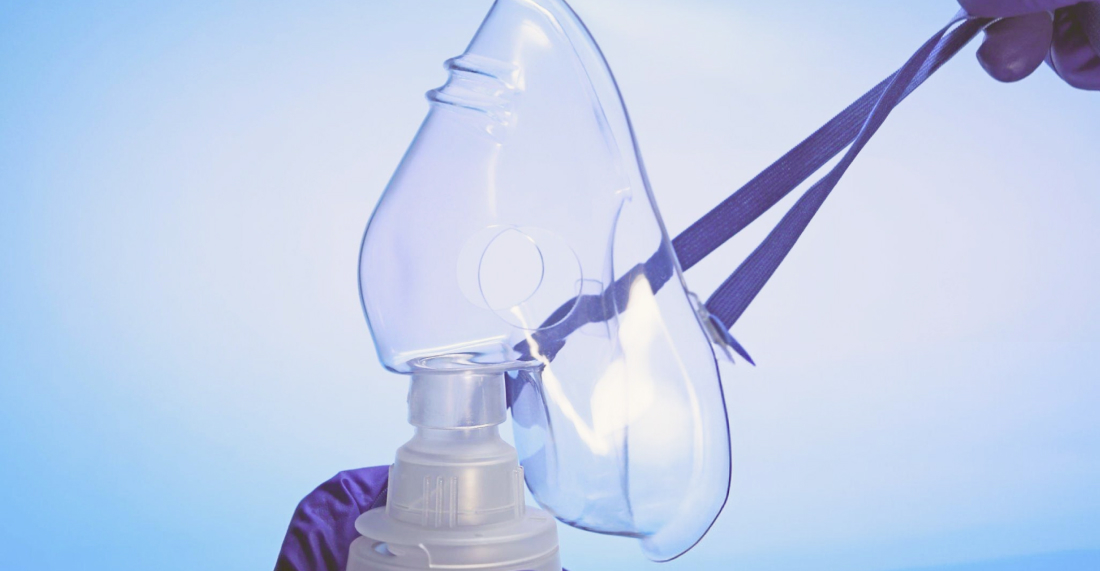

Oxygen is the fundamental element of life, essential for every cell in our body to function properly. And thus, when oxygen levels drop due to respiratory illnesses, chronic conditions, or other health concerns, it can lead to serious crisis.
A very important intervention method that can help in such situations is oxygen therapy, which plays a vital role in improving respiratory health, enhancing the quality of life, and preventing severe complications.
Oxygen therapy is a medical treatment that provides supplemental oxygen to individuals who have low blood oxygen levels due to medical conditions. It is prescribed by healthcare professionals and administered through different devices, depending on the patient’s condition and oxygen needs.
The primary purpose of oxygen therapy is to maintain adequate oxygen levels in the blood, ensuring that organs and tissues receive the necessary oxygen for proper function.
Some of the most common conditions requiring oxygen therapy include:
Oxygen therapy offers numerous benefits for patients struggling with respiratory conditions and low oxygen levels. Some of the key oxygen therapy benefits include:
For individuals with chronic lung diseases, oxygen therapy significantly improves oxygen saturation levels, helping them breathe easier and reducing breathlessness.
Low oxygen levels can lead to fatigue, weakness, and difficulty performing daily activities. Oxygen therapy helps boost energy levels, enabling individuals to engage in routine tasks without excessive exertion.
Oxygen is essential for the proper function of the brain and heart. Inadequate oxygen levels can lead to cognitive impairments, confusion, and even heart strain. Supplemental oxygen ensures that these vital organs function efficiently.
Many respiratory conditions cause low oxygen levels during sleep, leading to frequent awakenings, snoring, or sleep apnoea. Oxygen therapy helps regulate oxygen levels, promoting restful sleep.
Patients with lung diseases often struggle with physical activities due to shortness of breath. Oxygen therapy allows them to exercise more comfortably, improving overall health and endurance.
By improving breathing, increasing energy levels, and reducing health complications, oxygen therapy significantly enhances the overall quality of life for patients.
Chronic low oxygen levels can lead to life-threatening complications such as heart failure, brain damage, and organ dysfunction. Oxygen therapy helps prevent these risks by maintaining stable oxygen saturation.
Oxygen therapy can be of different types depending on the method of oxygen delivery and the patient’s condition. The most common types include:
This method provides a constant supply of oxygen through a nasal cannula or mask. It is used for patients with chronic respiratory conditions who need oxygen support throughout the day and night.
Patients who only require oxygen therapy during specific activities, such as exercise or sleep, may use intermittent oxygen therapy. It is prescribed based on individual oxygen needs.
Patients with long-term oxygen need to receive oxygen at home using oxygen concentrators or portable oxygen cylinders. This therapy allows individuals to maintain independence while managing their condition.
HBOT involves breathing 100% oxygen in a pressurised chamber. It is used to treat carbon monoxide poisoning, wound healing, decompression sickness, and other conditions requiring high oxygen concentrations.
For patients who require oxygen on the go, portable oxygen concentrators (POCs) offer a lightweight and mobile solution, ensuring oxygen supply even while travelling or performing daily activities.
These advanced oxygen delivery systems provide high concentrations of oxygen for critically ill patients with respiratory failure.
Despite its numerous benefits, oxygen therapy also has some limitations and potential risks. Here are some of the key disadvantages of oxygen therapy:
Long-term oxygen therapy can lead to dependency, making it difficult for patients to function without supplemental oxygen.
Prolonged exposure to high oxygen levels can lead to oxygen toxicity, causing lung damage and inflammation. This is a rare but serious side effect of excessive oxygen use.
Oxygen is highly flammable, and improper handling of oxygen equipment can pose a fire hazard. Patients must follow safety guidelines to prevent accidents.
Oxygen therapy can cause dryness in the nose and throat, leading to irritation, nosebleeds, or discomfort. Using a humidifier with an oxygen supply can help alleviate this issue.
Oxygen therapy can be expensive, especially for patients who require long-term or high-flow oxygen therapy. Accessibility to oxygen therapy may also be limited in some regions.
Although portable oxygen concentrators are available, some oxygen therapy devices can restrict movement, making it challenging for patients to travel or engage in certain activities.

Oxygen therapy is a life-saving treatment that significantly improves respiratory health and enhances the quality of life for individuals with breathing difficulties. From continuous and home oxygen therapy to hyperbaric oxygen treatment, various types of oxygen therapy are available to meet different kinds of patient needs. While it offers numerous benefits, it also comes with potential risks and disadvantages that require careful management.
The use of oxygen therapy helps patients maintain oxygen levels, improve health, and prevent complications. It is important to understand its purpose and follow safety guidelines. Consult a healthcare professional to determine the best approach for respiratory support.
If you’re new to oxygen therapy and unsure of how to provide it, you can take professional help. TrueCare2U enlists trained nurses who are experienced in providing different kinds of at-home nursing care services to various kinds of patients. Hiring a professional can help you feel reassured that your loved one is getting the care they need.
Download the app today and explore how TrueCare2U can help you.
Sources:
Spread the love, follow us on our social media channels